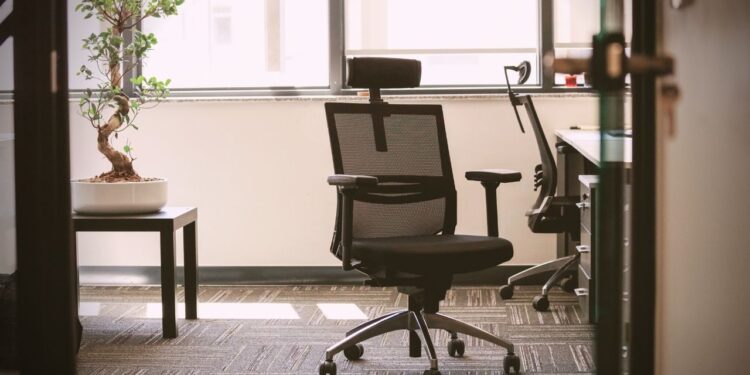What’s going on:
Austin, a city known for being a hub for several tech giants, has observed a significant drop in the rate of employees returning to the office (RTO). According to Kastle Systems data, the office-occupancy rate in Austin, Texas dropped from 68% in early March to 57% last week.
At the same time, office vacancies reached 25% in the second quarter, according to Cushman & Wakefield’s Q2 2023 Austin Office Report. Despite the trend, the real estate sector continues to be robust, with 6.2 million square feet of office space under construction in downtown Austin.
Why it matters:
Austin’s decline in office occupancy could reflect broader trends in the U.S. workforce. Despite employers across the country updating their RTO policies by opting for hybrid work environments, thousands of employees are showing that they value the flexibility that they had grown accustomed to during the COVID-19 pandemic.
How it’ll impact the future:
While remote work offers workers increased flexibility and better work-life balance, it also presents new challenges for businesses, such as managing a dispersed workforce. The decline in RTO rates will likely continue to impact the commercial real estate industry, as a prolonged decline in office occupancy may lead to an oversupply of available commercial spaces. This trend could potentially lead to a widespread reimagining of office spaces for other uses.


 Dr. Gleb Tsipursky – The Office Whisperer
Dr. Gleb Tsipursky – The Office Whisperer Nirit Cohen – WorkFutures
Nirit Cohen – WorkFutures Angela Howard – Culture Expert
Angela Howard – Culture Expert Drew Jones – Design & Innovation
Drew Jones – Design & Innovation Jonathan Price – CRE & Flex Expert
Jonathan Price – CRE & Flex Expert











